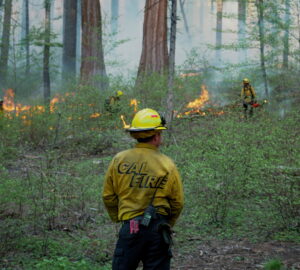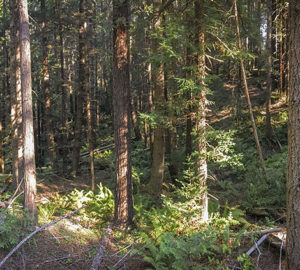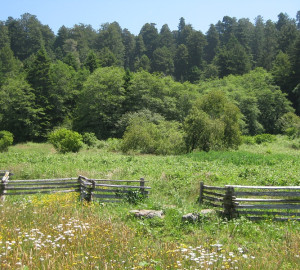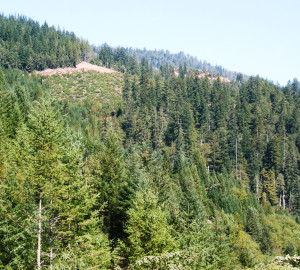Coalition makes great progress in protecting giant sequoias from wildfire threats
onOne hundred human generations can come and go in the lifetime of a giant sequoia. This forest ecosystem has been here on the west slopes of the Sierra Nevada—and only here—for millions of years, and we lost nearly 20% in …










